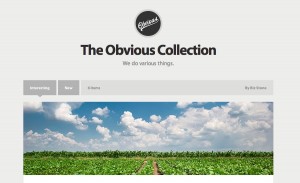Labor Day is almost here, and that means that summer is just about over. Hopefully you took some time to take a vacation, staycation, or whatever helps you relax and recharge. It’s important for our health, mentally and physically. Vacation helps reduce burnout, decreases our resentment of others, and actually helps us concentrate and make less mistakes once we’re back on the job.
So, all week we’ll be talking about “back to the office,” with tips and tricks to help you hit the ground running after your vacation. Perhaps the biggest (and best) thing you can do for yourself is to use the clarity that relaxation provides, before you get too bogged down in the details. A few things to think about, while you’re still feeling fresh and relaxed:
What are my realistic goals for the next six months? This can be both personal and professional – after all, it’s hard to separate these. Take this opportunity to reflect on what’s important to you, and think strategically about how you can get there. Write it down, and give yourself deadlines, not to give yourself a hard time, but to think about how you can (and will!) make progress.








